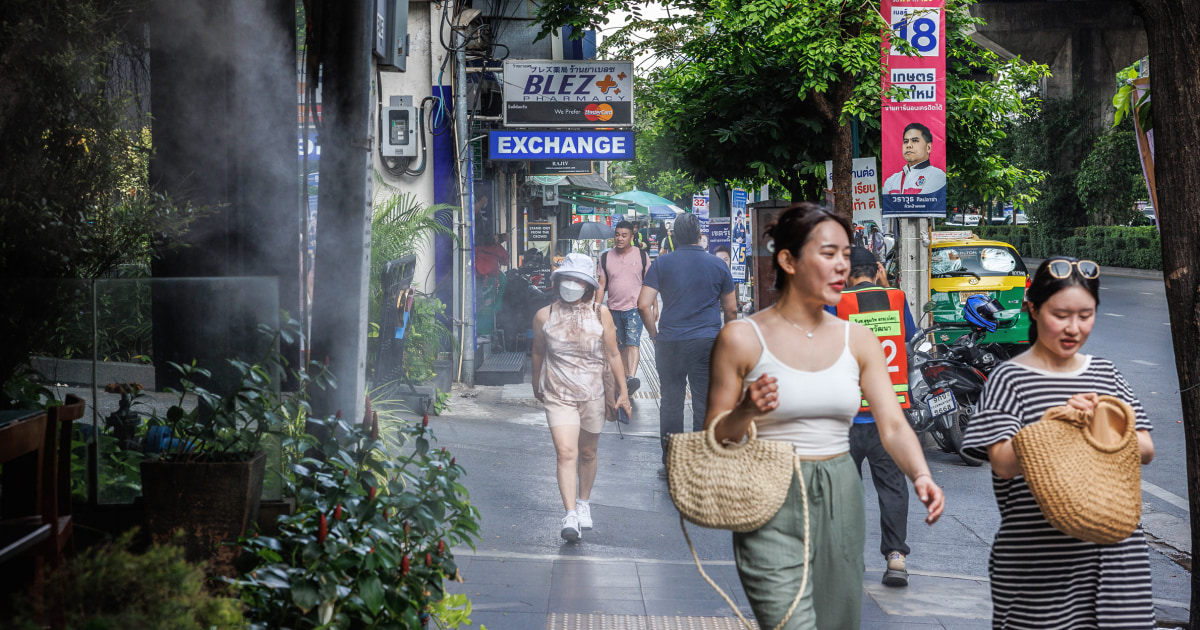“When you have both exposures, and especially the extremes of these exposures, their combined effect is more than the sum of its parts,” said Erika Garcia, an environmental epidemiologist at the University of Southern California Keck School of Medicine.
In a study published last year in the American Journal of Respiratory and Critical Care Medicine, she and her colleagues examined what happens when elevated air pollution levels in California coincide with heat waves. Using data from 2014 to 2019, the researchers found that extreme heat alone increased the risk of death by around 6%. High concentrations of particulates in the atmosphere, caused in part by wildfires and other types of air pollution, increased the risk of death by approximately 5%. However, when both occurred at the same time, the risk of death increased by 21%.
Rajesh Kumar, a project scientist at the National Center for Atmospheric Research in Colorado, said extreme heat and high levels of air pollution can put additional strain on the cardiovascular system.
«The heat will cause blood vessels to dilate and air pollution will increase inflammation in the lungs and throughout the body, so this can further increase the risk of heart attacks, strokes and other cardiovascular events,» he said. .
Kumar said the health impacts of extreme heat and air pollution are a global concern, but the risks are becoming particularly acute in Asia in the weeks and months leading up to the monsoon season, which typically runs from June to October.
“If you look at the Indo-Gangetic Plain, meaning Pakistan, India and Bangladesh, you will see that the highest ozone pollution occurs during April and May,” he said. «That’s the same thing we’re seeing now in Southeast Asia.»
Those same months also tend to be the hottest of the year in those regions.
Kumar’s own research focuses on developing an air quality early warning system for developing countries. One such system, which provides air pollution alerts up to 72 hours in advance, has been in use in New Delhi since 2018. This year, he and his colleagues are working to implement a similar early warning system for parts of the east and south. Africa.

